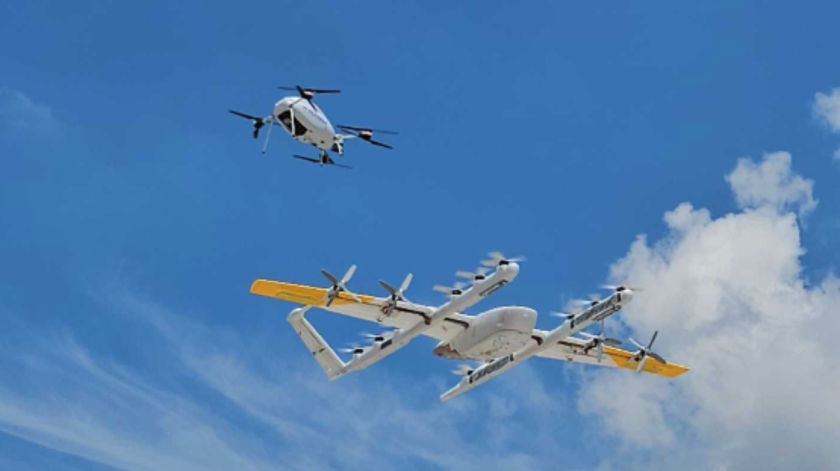Virginia Tech Mid-Atlantic Aviation Partnership (MAAP) has recently helped to operationalise the first uncrewed aircraft traffic management system in the United States. Also supported by the National Aeronautics and Space Administration (NASA) and the Federal Aviation Administration (FAA), the industry-led effort took place in North Texas in March. In a new article, Virginia Tech’s Lexi Clatterbuck has shared further details.
“This is a culmination of 10 years of work,” said John Coggin, MAAP’s associate director, speaking to Clatterbuck. “The product of this work is that the industry now has a path forward for data sharing among uncrewed aircraft systems operators, which helps mitigate collision risk between drones. Advanced and overlapping drone operations require that companies share data to ensure safety. The industry-governed framework established here helps meet these safety goals and provides a template to scale drone traffic management services in the US and worldwide.”
The management systems are now available for industry and government use.
The multi-agency effort began in 2015, when NASA conducted research to support the growing demand for commercial drone use. This included MAAP helping to develop and test a drone traffic management system in real-world scenarios. In 2018, the FAA Reauthorization Act gave the FAA oversight of implementation and MAAP continued to help with the testing, then facilitated conversations between industry partners, NASA and the FAA. These conversations led to the creation of a governance structure and data sharing agreement, including testing based on real-life scenarios that required drone operations to coordinate with each other via different software platforms. This led to the recent FAA authorisation in Texas of drone flights to share the airspace despite significant operator demand and overlapping drone flight paths.
“It was a historic first for US aviation,” said FAA Administrator Chris Rocheleau. “Now we want to move from one-off approvals or exemptions to the predictability of operating by rule for beyond visual line of sight, or BVLOS. And when finalised, this rule will provide the UAS industry with the regulatory framework it needs.”
As of July 2025, the cohort includes 15 service providers and operators using the network to support uncrewed operations in several parts of the United States.
MAAP has noted that the governance agreement “guides participation, dispute resolution and the onboarding of new service providers and operators”. The governance structure splits the governance into two committees: operational and technical. The operational committee oversees administration and onboarding while the technical committee handles development and incorporation of new features and services for the drone traffic management platforms.
In summer 2024, drone operators from Wing, Zipline and DroneUp as well as service supplier ANRA Technologies obtained the first FAA letters of agreement to deploy the newly developed drone management services. MAAP then drafted a report documenting the steps taken over the years, marking the initial operationalisation.
“As this work continues to evolve and improve within this framework, any company or government entity operating in the US that undergoes the onboarding process can use this framework,” MAAP said. Interested parties can visit the get started page for more information.
“Unlike previous efforts I’ve been involved in, it’s not a ‘here is your final report’ and the project is done,” Robert Briggs, MAAP’s chief engineer said. “It’s an ongoing process which is really exciting. It’s not like previous testing for this effort, where we’ve turned the services off. Here, the traffic management systems are operational and can continue to grow and be used as a model for future implementation around the world.”
For more information
Image provided by Wing




